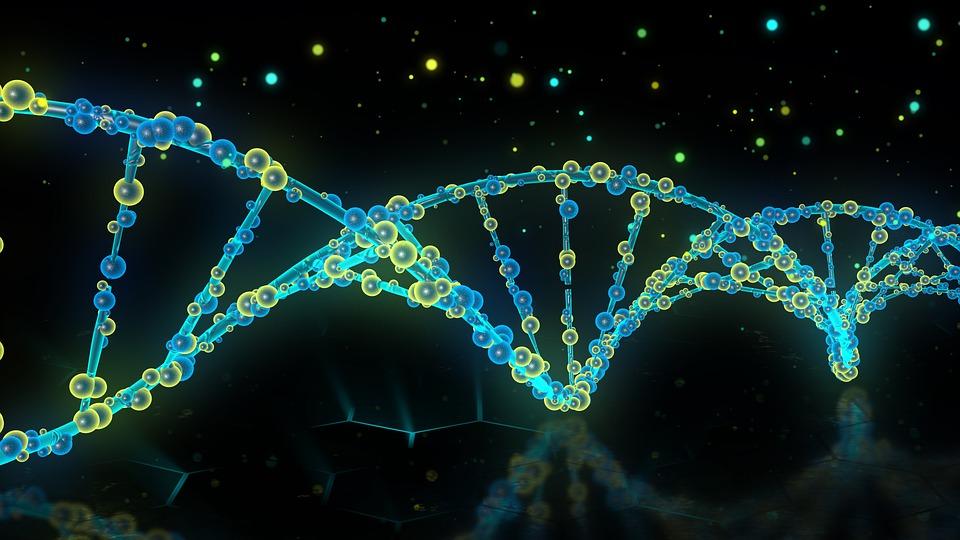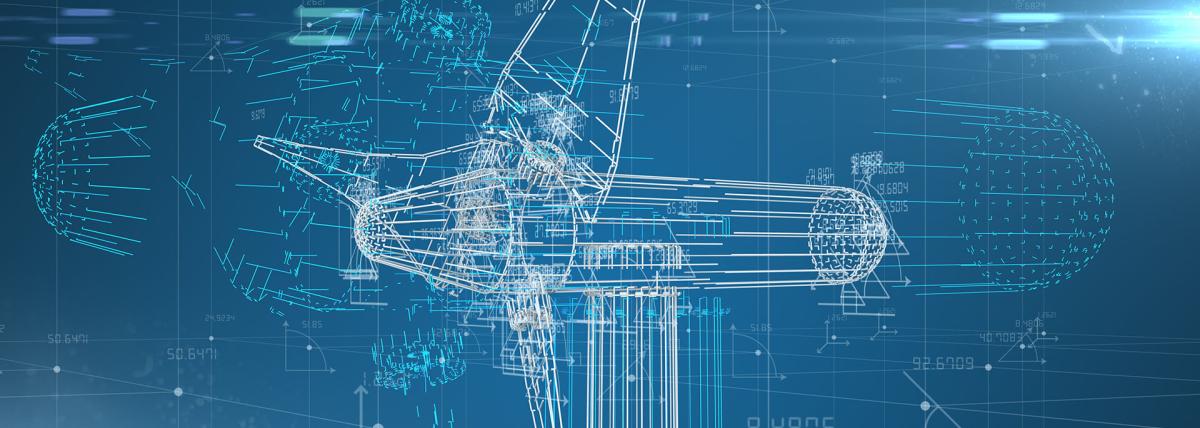
Practical Proteins (Part 2 of 4)
In this lesson students will continue to learn about protein synthesis. At the beginning of this lesson students should know that genes have the code to make proteins. Today they will be introduced to codons and how genes code for proteins. In this lesson students will use a modified codon chart in which amino acids have been replaced with the materials used in lesson 1 to build a protein. Students will use this chart to create a string of beads that is the instructions for how to build their protein.
Lesson Grade Level
8th GradeLesson Plan Link/URL
https://docs.google.com/presentation/d/1GgsTLAJJWOFUt_gaStcJNspOM5-jmQEH/edit?u…Subject Area
Science Life Science L3: Genetics & Heredity Technology 4. Innovative Designer Engineering S4: Apply Science to Engineering S6: Apply Communications to Engineering English Language Arts (ELA) Speaking & ListeningRelated Content

In this lesson, students are challenged to design and test a windsock that can tell the direction and relative speed of the wind.

After students collected authentic data from their class and defined the problem related to trash, students follow through with solving the problem using the engineering process. In the second half of

This lesson is the second lesson of a two-part series where students investigate concepts of biomimicry and apply them to the real world with issues like resource scarcity. In this lesson, students